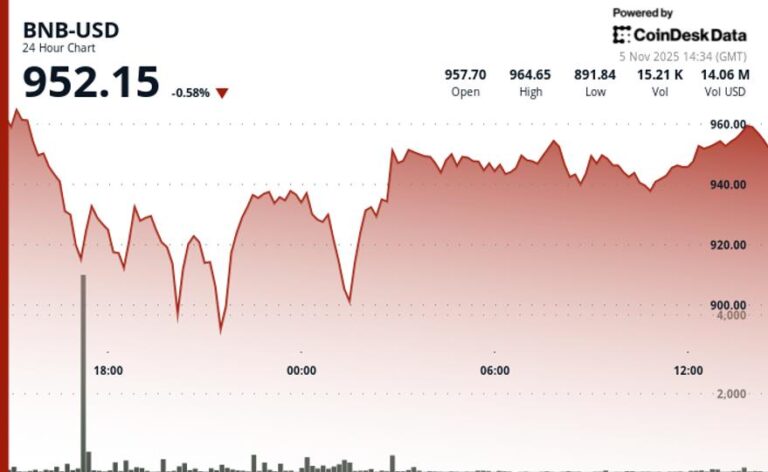
A wine glass is not just a wine glass. It is form and function, status and culture, history and modernity, all in a single object. It’s a tool we use to consume something highly sought after, and at the same time, the tool itself is a subject of great inquiry, even obsession. Some people are really into wine, but others are every bit as much consumed by the glass it’s served in.
There are dozens, perhaps even hundreds of wine glass manufacturers, large and small, heritage and upstart, producing glassware in nearly every corner of the world. There’s a deep history of glassware production in Central Europe dating back to the 19th century, and today it’s centered on makers in Austria (home to Zalto and Riedel, to name just two), Switzerland, and Germany. I tested products from fine glassware companies from across Europe as well as from England, Japan, and the United States, covering a broad spectrum of price points and styles, including our top pick for all types of wine, the Glassvin Universal ($79).
Whether you’re a casual user or a serious obsessive, upgrading your wine glass game is a window into the finer things in life, and an investment in your own pleasure and enjoyment for years to come. Don’t believe me? Blind-test any of the stems in this guide next to a simple Ikea Svalka or any other mass-produced cheap option—you’ll be amazed by the difference.
Be sure to check out our other kitchen guides, including the Best Mushroom Coffee, Best Coffee Grinders, Best Corkscrews, and Best Carbon Steel Pans.
Power up with unlimited access to WIRED. Get best-in-class reporting that’s too important to ignore for just $2.50 $1 per month for 1 year. Includes unlimited digital access and exclusive subscriber-only content. Subscribe Today.
What Kind of Glass Stem Should I Buy?
Glass stemware is available in a broad range of styles, sizes, and price points, from hundred-year-old artisan glassware makers in Central Europe to new brands making their mark on the traditional glassware market. Price considerations of course come into play, but as with so many of the products we use and love in this modern world, the most expensive option is not always the best.
If you’re totally new to all of this, a great place to start is with a so-called universal glass—a stem that’s meant for use with any style of wine you desire, from red to white to sparkling. Nearly every brand of glassware produces a universal offering, but some brands only make a universal, offering a degree of specialization and care.
People who get really into stemware sometimes develop a sort of brand loyalty, exploring the full range of one single brand for all of their drinking needs. And indeed, it’s not uncommon for one firm to offer a half-dozen or more options of wine stem, specialized around the highly specific styles of wine meant to be served therein. A huge bowl stem might work beautifully for some red wines, but not all; a narrow, smaller glass might flatter certain white wines, but throttle others. Ultimately you’re into the land of subjectivity with this stuff, and at the end of the day the right wine glass for you is the one that feels best in your hands.
At the start of the year I solicited product samples from more than two dozen glass manufacturers, running the gamut of style, price, and nation of origin. I then spent several months living with this glassware, incorporating it into every facet of my daily life and drinking copious amounts of beverages from each. In addition to wine, every single wine glass tested for this feature was given a baseline test of mineral water—a topic I am passionate about—because fine mineral water from proper stemware is an immensely pleasurable drinking experience, and because the profound enjoyment one can find from a nice wine glass shouldn’t be limited only to those who consume alcohol.
Many of the featured brands offer specific glasses meant for certain styles of wine—the Grassl Mineralité, for example, is intended for “crisp, fresh” wines, whereas the Grassl 1885 is purposed for wines with “great complexity and body.” In such instances, I made a point of testing glassware with its intended serving suggestion first, before jumping around with other beverage styles and putting each glass through its paces.
In total I tested around 100 individual pieces of stemware over the past several months. Much swirling and consideration took place. It’s almost like, with so much to consider for this guide, I ran into the problem of having to funnel a vast amount of data toward something like a manageable and reader-friendly conclusion. I think it is perhaps worth mentioning that this level of hands-on testing—as opposed to, say, relying on press releases, sales sheets, and the almighty Google—appears to be for the most part unique among wine glassware articles currently available online. This is why you read WIRED.
Why Do I Need Multiple Wine Glasses?
You might be wondering—quite reasonably!—why anyone would need, care about, or want to consider all these different wine glass options. I think that’s an eminently fair question, one that I’ve thought about a great deal throughout the testing process for this story. For wine geeks, the right wine glass becomes a part of the wider milieu of geekery in which they inhabit, along with other accoutrements like wine bottle openers, wine refrigerators, and so on. But for many other kinds of consumers, wine glasses offer this sort of living node of beauty in their lives—we hold these works of art in our hands, and clink them together in celebration, and they stay with us throughout the evening, coming back to us again and again for another touch point.
I think stemware argues loudly for itself as an object of pleasure. A proper wine stem makes whatever you’re drinking taste better, and the tactile experience of sipping and swirling from a lovely stem can be deeply gratifying.
Photograph: Jordan Michelman Glasvin Universal Wine Glass This is the single most competitive category in all of glassware, and let me tell you—I had not fully comprehended the subtlety of life’s rich pageant until faced with testing a dozen different universal stems. Some are a little larger, some are a little lighter, but they’re all singular in their purpose, which is to offer wine drinkers the option of using just one glass stem across the entire beverage pantheon. GlasVin is an enormously impressive company making deep inroads across wine culture; it makes a savvy wedding registry choice, offers a wide range of custom and engraving options, and makes a broad spectrum of products. Its Universal glass has that Goldilocks thing down: It’s not too thin, not too heavy, not too tall, and not too expensive. There’s a reason why many of the finest restaurants in America—including Kato, Alinea, and Cote—choose to partner with GlasVin, and I think its Universal makes a strong case for itself in any home. Consider your GlasVin Universal as an entry point to the world of GlasVin, which includes limited editions like the Fu (currently sold out), an epic wide-bodied glass designed by wine maven Charlie Fu; and the Obsession, which is designed to provide “maximal aromatic release.”
The Best Universal Wine Glass
Photograph: Jordan Michelman Gabriel-Glas StandArt Hear me out: Budget and “entry level” are relative terms, and there are perhaps some readers who are doing the math right now—$33 per glass!—and blanching at whether or not this could be considered “budget” at all. Yes, you can get something cheaper at Ikea, but it will not remotely be equivalent to the Gabriel-Glas, which sits in a sweet spot of quality, affordability, and delight. They are gorgeous glasses, with broad bowls that allow for ample swirling and aeration, made from a single piece of molten crystal with no fuse points or glues. The rim is laser cut, which helps reduce the likelihood of chipping or damage. It’s slightly weighty—a full 150 grams—and safely goes straight into your dishwasher for cleaning. It manages to feel both thin and stout in your hand, the combined result of which registers to my mind as a kind of durable luxury. Gabriel-Glas is extremely focused: It makes this StandArt as its workhorse glass, and also offers a considerably more expensive hand-blown version called the Gold Edition, which is lovely (as you might expect). But if you’re a novice initiate to the world of nice stemware, the StandArt makes an exceedingly useful and accessible starting place. I have been given these glasses as a gift, given them myself as a gift to others, and recommend them without caveat.
The Best Entry-Level Wine Stem



